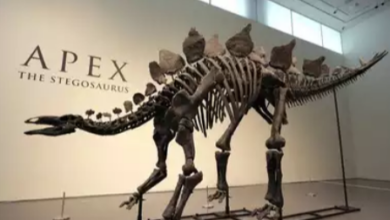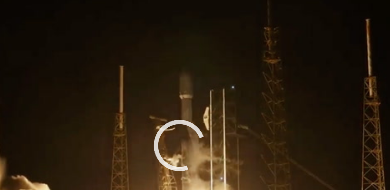Breakthrough Achievement: Scientists Engineer High-Power Optic Fiber Laser for Nano Satellite Power”

The reality of utilizing lasers in space has emerged as a Scientists Engineer transformative breakthrough. While radio waves have long served as the foundation for space communications, the escalating demand for faster data transmission has propelled the use of infrared rays—lighter, more flexible, and secure—into the forefront of space communication technology.
Scientists Engineer
A recent milestone is the completion of WipTherm, a European project dedicated to advancing wireless energy transfer solutions for microsatellite power in space exploration. Among the key contributors to the project was the Institute for Systems and Computer Engineering, Technology and Science (INESC TEC), which, in collaboration with The Institute of Physics for Advanced Materials, Nanotechnology and Photonics (IFIMUP) and The Faculty of Science, University of Porto (FCUP), focused on developing a high-power optic fiber laser.
The team successfully showcased their innovation at an airbase in Aveiro, Portugal, where Orlando Frazão, a researcher at INESC TEC Center for Applied Photonics (CAP), provided an optimistic evaluation of the project’s outcomes. “We were able to increase our knowledge of high-power lasers and develop new optic fiber lasers with several potential applications.”
In the context of space exploration, lasers, like the one engineered by the Portuguese R&D Institute, play a pivotal role. Fiber optic communication, utilizing light to transmit signals instead of electric current, emerges as a significant option for space communications.
The specific laser developed by the researchers operates in the 1550-nanometer range with a maximum power of 40 Watts. The team also designed a telescope capable of simultaneously illuminating 27 thermoelectric sensors using an array of lenses, demonstrating its versatility.
During the final demonstration of WipTherm, researchers achieved power outputs of 20 Watts to effectively power thermoelectric sensors. Orlando Frazão envisions future developments, such as converting these lasers into pulsed lasers to attain powers approaching kilowatts.
The primary objective of WipTherm was to create an innovative wireless energy transfer system for recharging energy storage components in CubeSat technologies, including micro and nano satellites. The team utilized a high-power laser to recharge a CubeSat during the demonstration, showcasing its potential impact on the evolving field of space technology.
As the project concludes, the knowledge gained from WipTherm will transition into a new European project named Transition. Orlando Frazão emphasizes the inclusion of a business model for laser-based recharging in this project, marking a progressive step toward the future of the industry.




